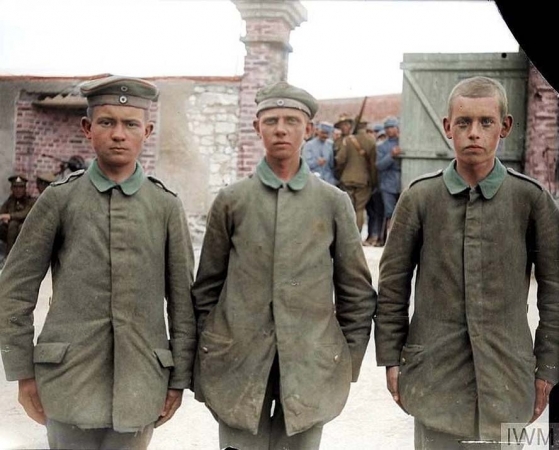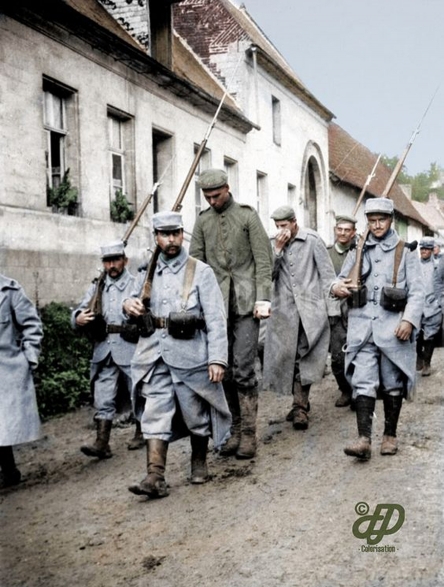She Fought in the Trenches (Liberty Magazine, 1938)
Well, Monsieur, did I ever tell you about the time I was a Doughboy in the Great war?
This is the story of Marie Marvingt (1875 – 1963), an amazing French woman who did indeed serve in the forward trenches disguised as a man during the Summer of 1917.
She Fought in the Trenches (Liberty Magazine, 1938) Read More »


